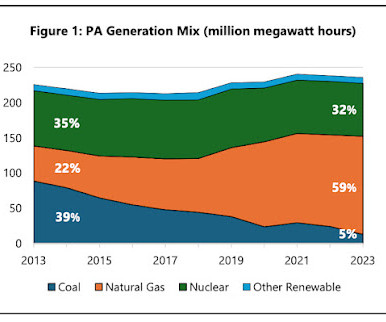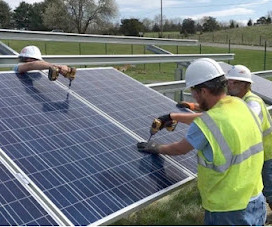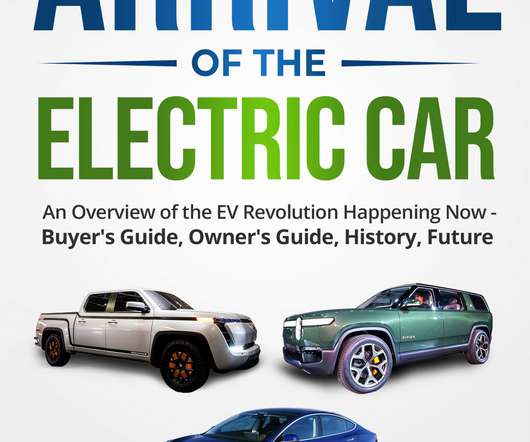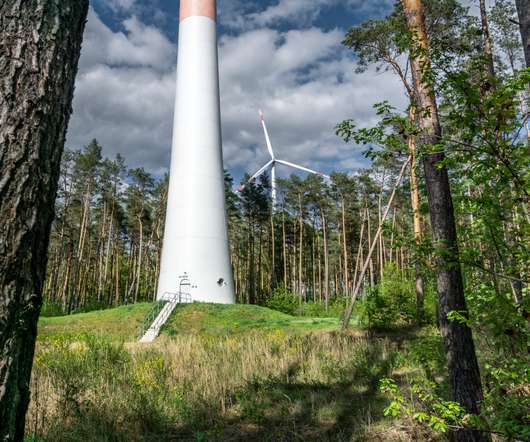South Korea and Climate Change
Legal Planet
JUNE 16, 2022
According to the Energy Information Agency , South Korea’s power sector is heavily reliant on fossil fuels. Two thirds of generation capacity is based on fossil fuels, split evenly between coal and natural gas, with 17% nuclear, and 14% hydro and other renewables. 50% coal, 26% gas, and 25% nuclear.























Let's personalize your content